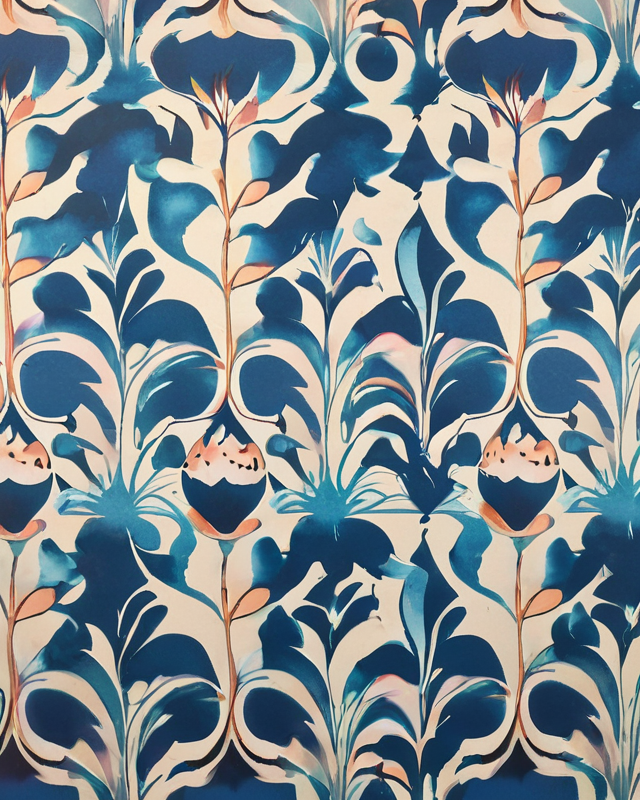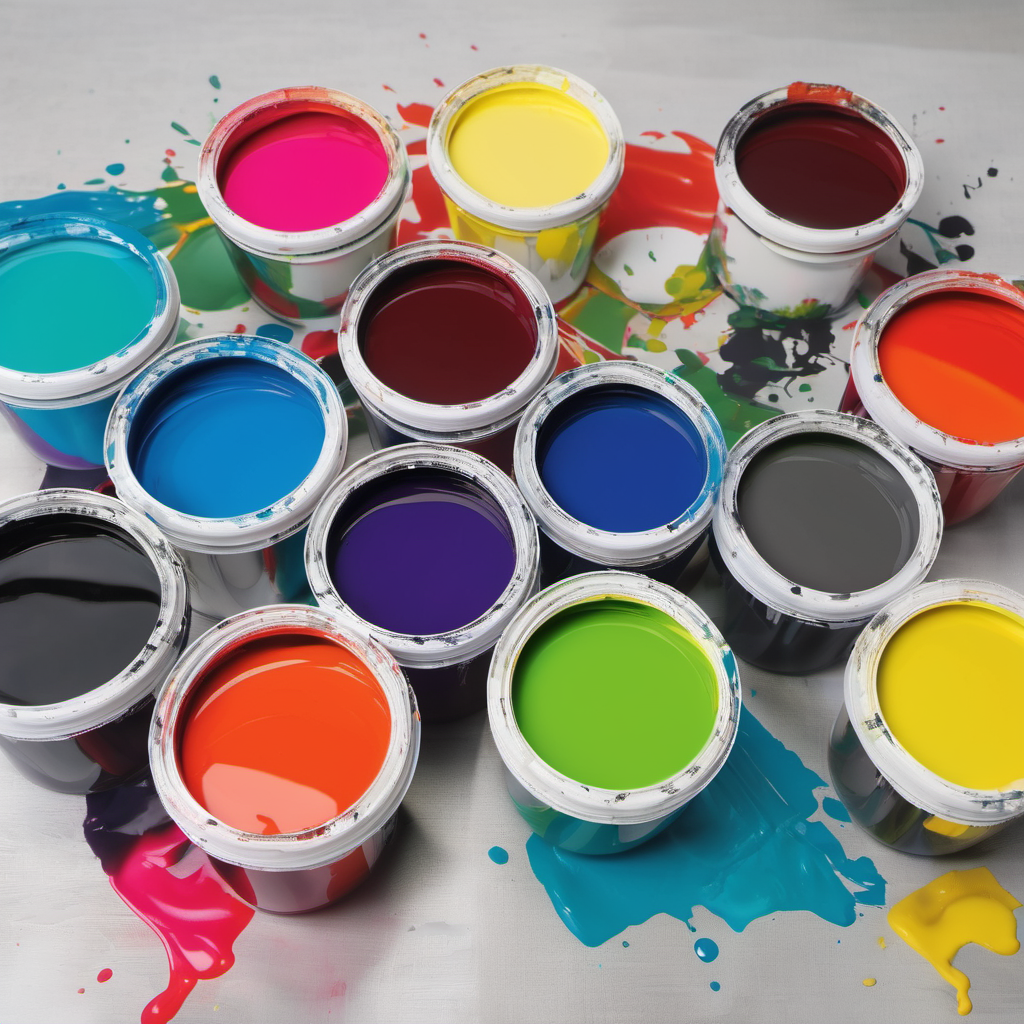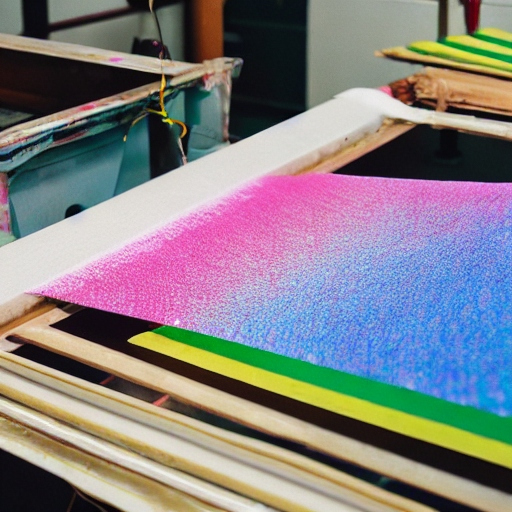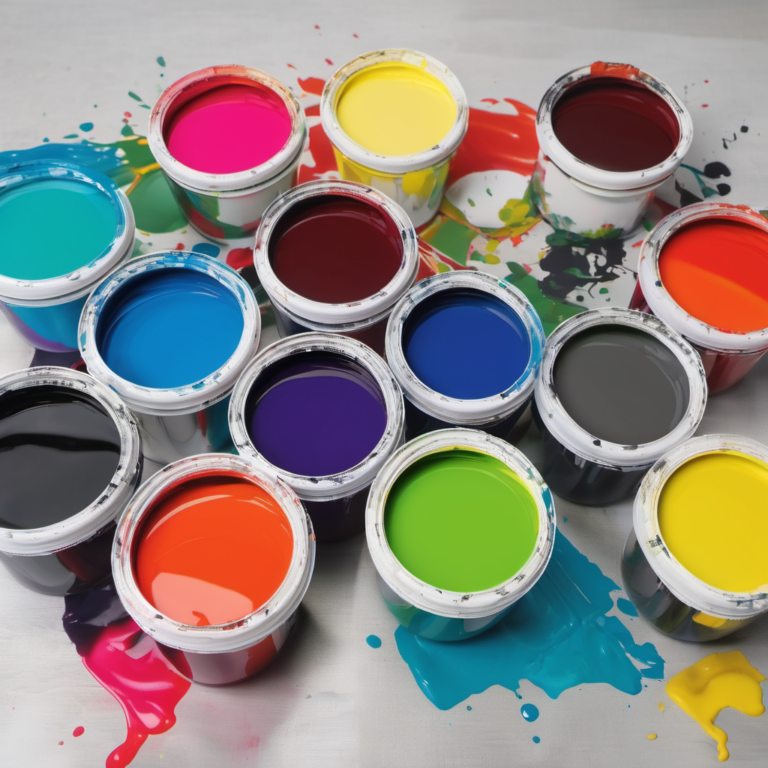In recent years, the printing industry has witnessed a significant shift towards sustainability, with water-based inks taking center stage. As brands and consumers alike become more environmentally conscious, water-based inks offer a compelling alternative to traditional solvent-based options. In this blog post, we’ll explore the latest trends in water-based inks and highlight their numerous benefits.
Trends in Water-Based Inks
1. **Sustainability Focus**: The push for sustainable practices is reshaping the printing landscape. Water-based inks are made with fewer harmful chemicals and are easier to dispose of, making them a preferred choice for eco-friendly brands. Companies are increasingly seeking certifications that showcase their commitment to sustainability, and water-based inks help achieve that goal.
2. **Technological Advancements**: Innovations in water-based ink formulations have significantly improved their performance. Advances in polymer technology have enhanced adhesion, color vibrancy, and drying times, allowing for greater versatility across various substrates and applications. This has led to a surge in their use across packaging, textiles, and commercial printing.
3. **Regulatory Pressure**: Governments around the world are implementing stricter regulations regarding volatile organic compounds (VOCs) in printing materials. Water-based inks typically contain lower levels of VOCs, making them compliant with these regulations and appealing to companies looking to mitigate risk and maintain compliance.
4. **Consumer Demand**: Modern consumers are increasingly demanding products that align with their values, including sustainability and safety. As brands respond to this demand, they are incorporating water-based inks into their packaging and promotional materials, enhancing their appeal to eco-conscious consumers.
Benefits of Water-Based Inks
1. **Environmental Benefits**: One of the most significant advantages of water-based inks is their reduced environmental impact. They contain fewer harmful solvents and VOCs, contributing to cleaner air quality and a smaller carbon footprint. Additionally, many water-based inks are biodegradable and recyclable, making them a more sustainable choice overall.
2. **Health and Safety**: Water-based inks are generally safer for both workers and consumers. They emit fewer hazardous fumes, reducing health risks in production environments. This is particularly important for industries such as food packaging, where safety is paramount.
3. **Quality and Performance**: Modern water-based inks offer exceptional print quality. They provide vibrant colors, sharp details, and excellent adhesion to a variety of substrates. Advances in technology have also improved drying times, allowing for faster production cycles without compromising quality.
4. **Cost-Effectiveness**: While water-based inks may have a higher upfront cost compared to some traditional inks, their long-term benefits often outweigh these initial expenses. The reduction in waste, lower cleanup costs, and potential for increased efficiency can lead to overall savings for businesses.
5. **Versatility**: Water-based inks are suitable for a wide range of applications, including flexographic, gravure, and digital printing. Their ability to adhere to diverse materials—such as paper, cardboard, and certain plastics—makes them a versatile choice for various industries.
Conclusion
As the printing industry continues to evolve, the trend towards water-based inks is expected to grow. Their environmental, health, and performance benefits make them an attractive option for businesses looking to align with sustainability goals while maintaining high-quality outputs. By embracing water-based inks, companies can not only enhance their brand image but also contribute to a more sustainable future.
As we move forward, it’s clear that the adoption of water-based inks is not just a trend; it’s a pivotal shift in how we think about printing and its impact on our world.
—











